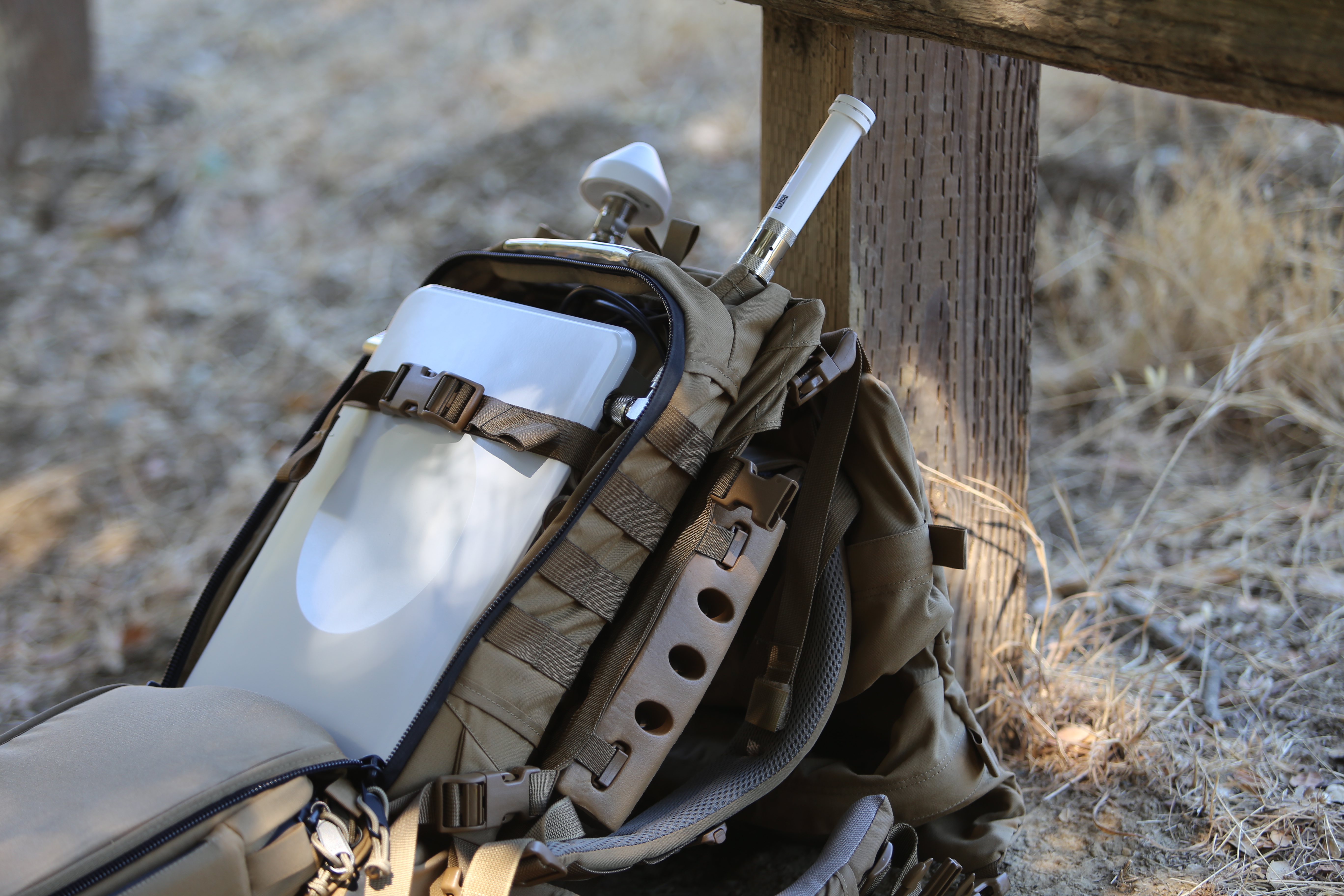
Nokia’s Ultra Compact Network solution. Credit: Nokia
Network in a bag? It’s possible.
Finnish telecommunications company Nokia and Swedish rival Ericsson this week separately introduced new miniature 4G base station solutions small enough to fit in your carry-on.
Small enough to fit in a backpack, Nokia on Monday said its new Ultra Compact Network is the smallest of its rapidly deployable 4G solutions with a weight of 5 kg. Nokia said the unit can be “transported via backpack or vehicle, or made airborne via drone or weather balloon” to help provide connectivity for high-traffic events, remote areas or during emergency situations.
U.K. operator EE successfully tested the solution in both indoor and outdoor environments last month, Nokia said.
The device provides indoor or outdoor voice and data coverage in a range of 75 km for up to 400 users, Nokia said. The device requires a power supply of around 100 W, which Nokia said can be supplied by a car-based power inverter or portable generator. According to Nokia, the pint-sized unit can be deployed either as a stand-alone network or can be backhauled to an existing 4G network.
Nokia’s announcement was followed on Tuesday by a similar reveal from Ericsson, which unveiled its own briefcase-sized 4G base station unit.
Ericsson’s unit is “half the size and weight of a standard radio unit,” which the company said makes it well-suited for deployment on rooftops in urban areas.
Ericsson has already partnered with Vodafone to install the first mini base station in Southwark, London. More units will be deployed across London and in other urban areas, Vodafone said.
According to Vodafone, the base station supports 4G technologies, including carrier aggregation.
In a recent trial of three-way carrier aggregation in London that combined Vodafone’s 800 MHz, 1.8 GHz and 2.6 GHz spectrum, the mini-base station supported download speeds of up to 240 Mbps. Vodafone said the radio unit trial sites have now been configured to deliver download speeds of up to 700 Mbps to meet growing mobile data demands.
Filed Under: Infrastructure




